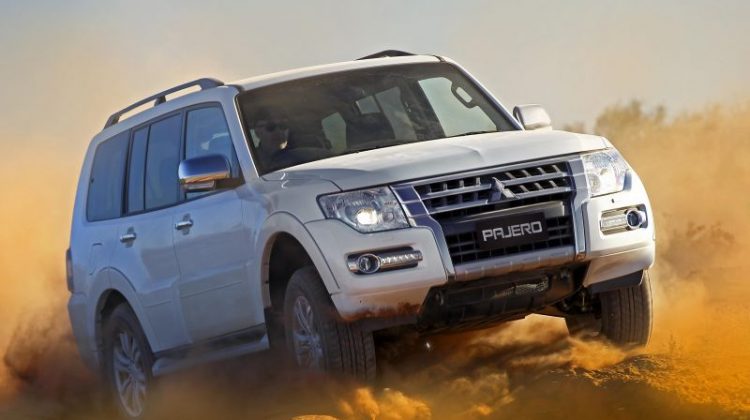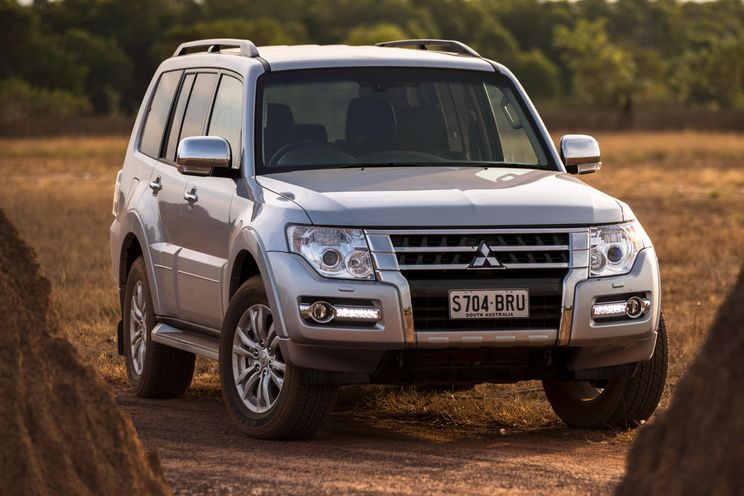The Pajero is “not finished”. Mitsubishi is open to developing a new Pajero off-roader – and it wants to go it alone, rather than leaning on its Alliance partners to do it.
Koichi Namiki, executive officer responsible for product at Mitsubishi Motors, told Australian media the Pajero is “the heart of our brand”.
“If we do that, of course we want to control everything. We might utilise some of the Alliance systems and components, but we would like to produce our vehicle,” Namiki-san said.
That rules out the possibility of the Pajero being revived using underpinnings shared with the next-generation Nissan Patrol, on track for reveal at some point in 2023.
Mitsubishi has leaned on its partners within the Renault-Nissan-Mitusbishi Alliance for two of its big names recently. The Outlander shares a number of components with the Nissan X-Trail, although it’s a unique product, while the ASX sold in Europe is a rebadged Renault Captur.
Leaning on the Alliance allows Mitsubishi to cut development and production costs. Going it alone is costlier, meaning a new Pajero is unlikely to hit showrooms any time soon.
Although he admitted the Pajero is a “high priority” in his own mind, Namiki-san said changing priorities within Mitsubishi Motors globally driven by tightening emissions standards mean it’s not a high priority within the company.
His comments would suggest the seven-seat SUV on the latest Mitsubishi product plan, which Namiki-san described as a “secret”, isn’t a Pajero.
Production of the legendary Pajero four-wheel drive came to a close after four generations and almost forty years in production during 2021.
Its factory, which had produced every generation of Pajero, was sold to a toilet paper manufacturer.
When it was axed, the last model was one of the oldest cars still on sale in Australia. It debuted in 2006, and was closely related to the 1999 model that preceded it.
It was sent off with a Final Edition, bearing a Final Edition badge, a tinted bonnet protector, a leather compendium for the documents, carpet mats, a rubber boot cargo liner, and a fold-out boot flap.
The car was unchanged mechanically, with the same 3.2-litre turbo-diesel four-cylinder engine and five-speed automatic transmission as the rest of the range, plus Mitsubishi’s Super-Select II four-wheel drive system.
Although the Pajero itself is gone, the badge lives on with the ute-based Pajero Sport four-wheel drive.
Source carexpert.com.au








